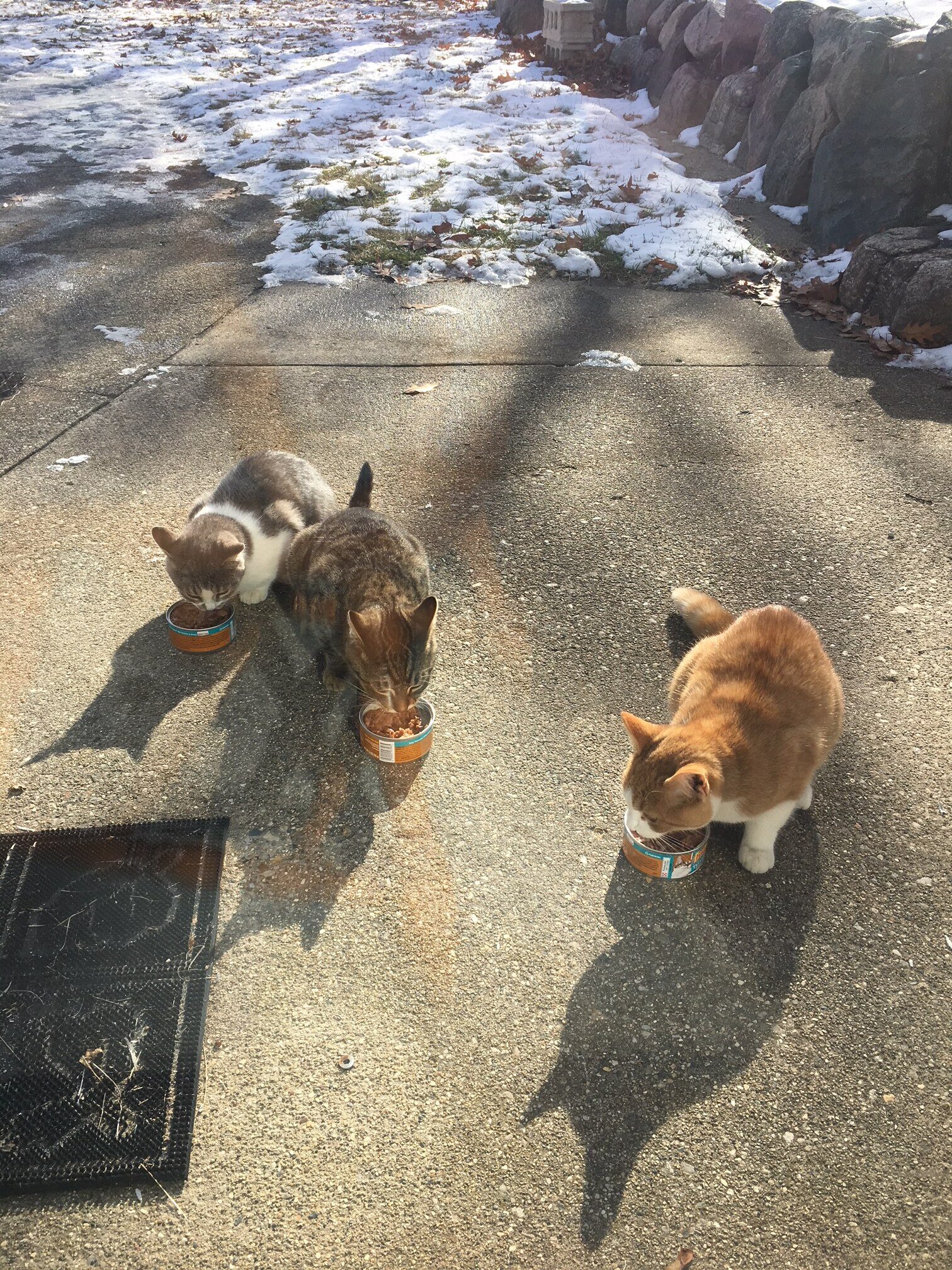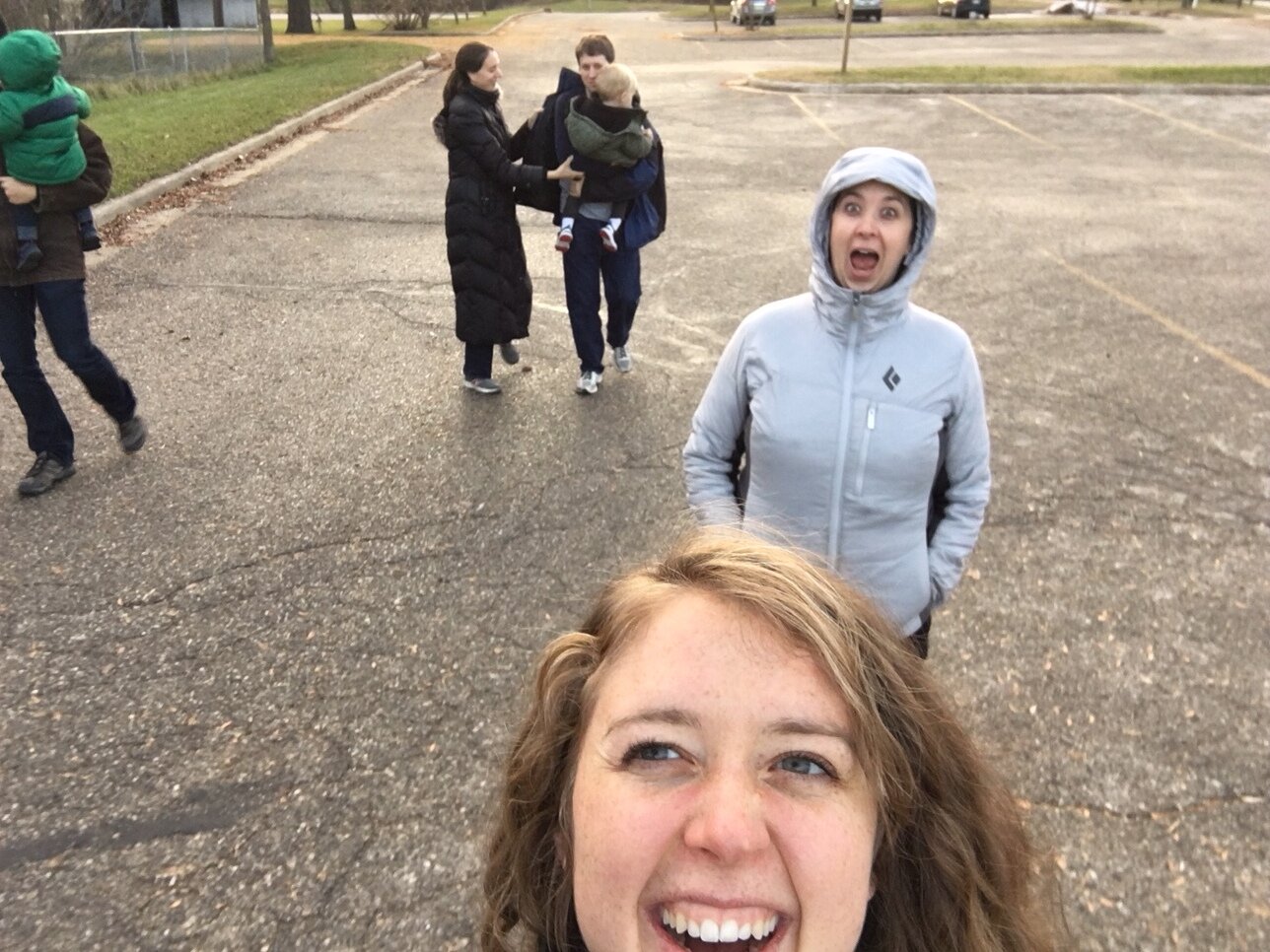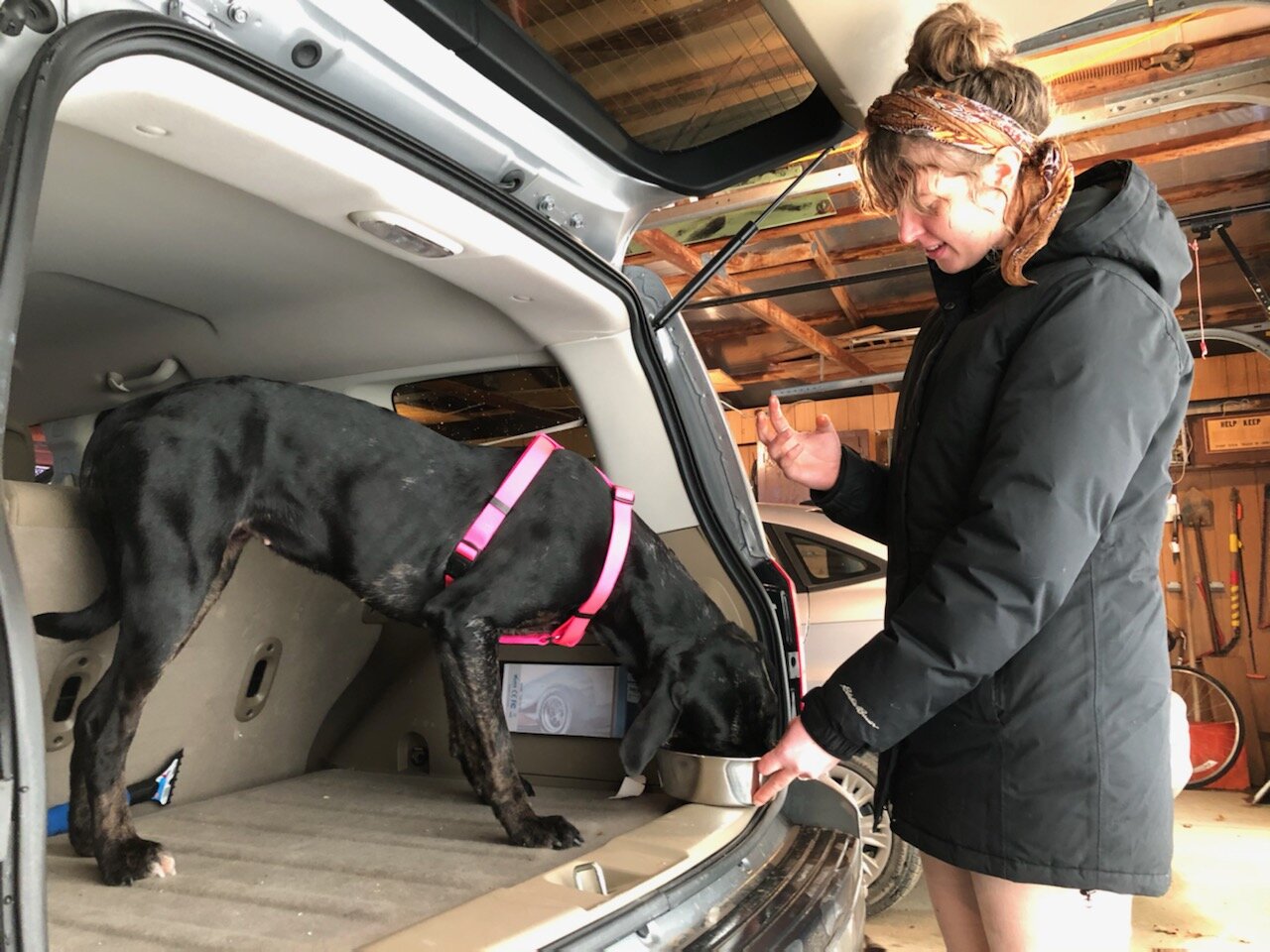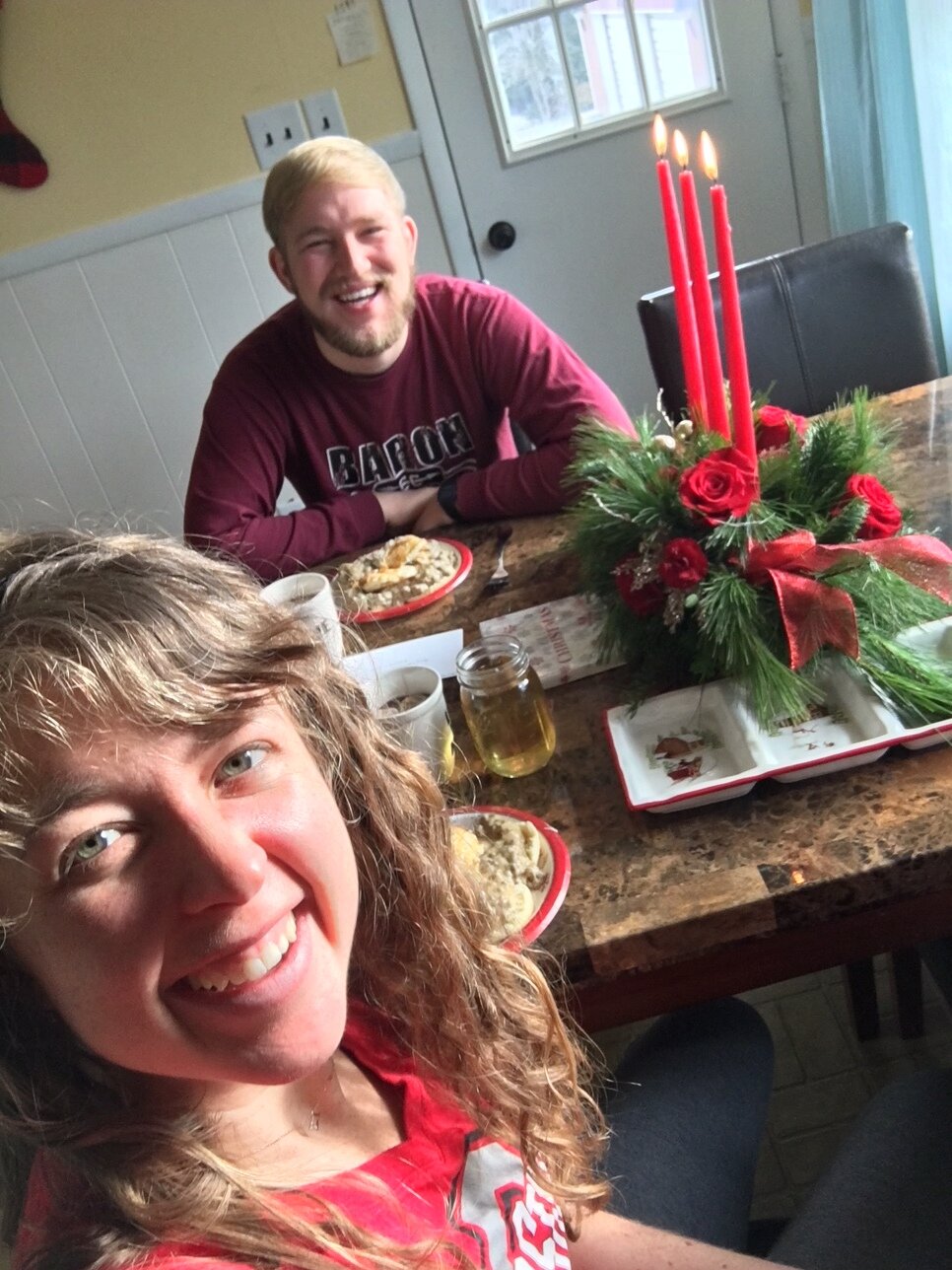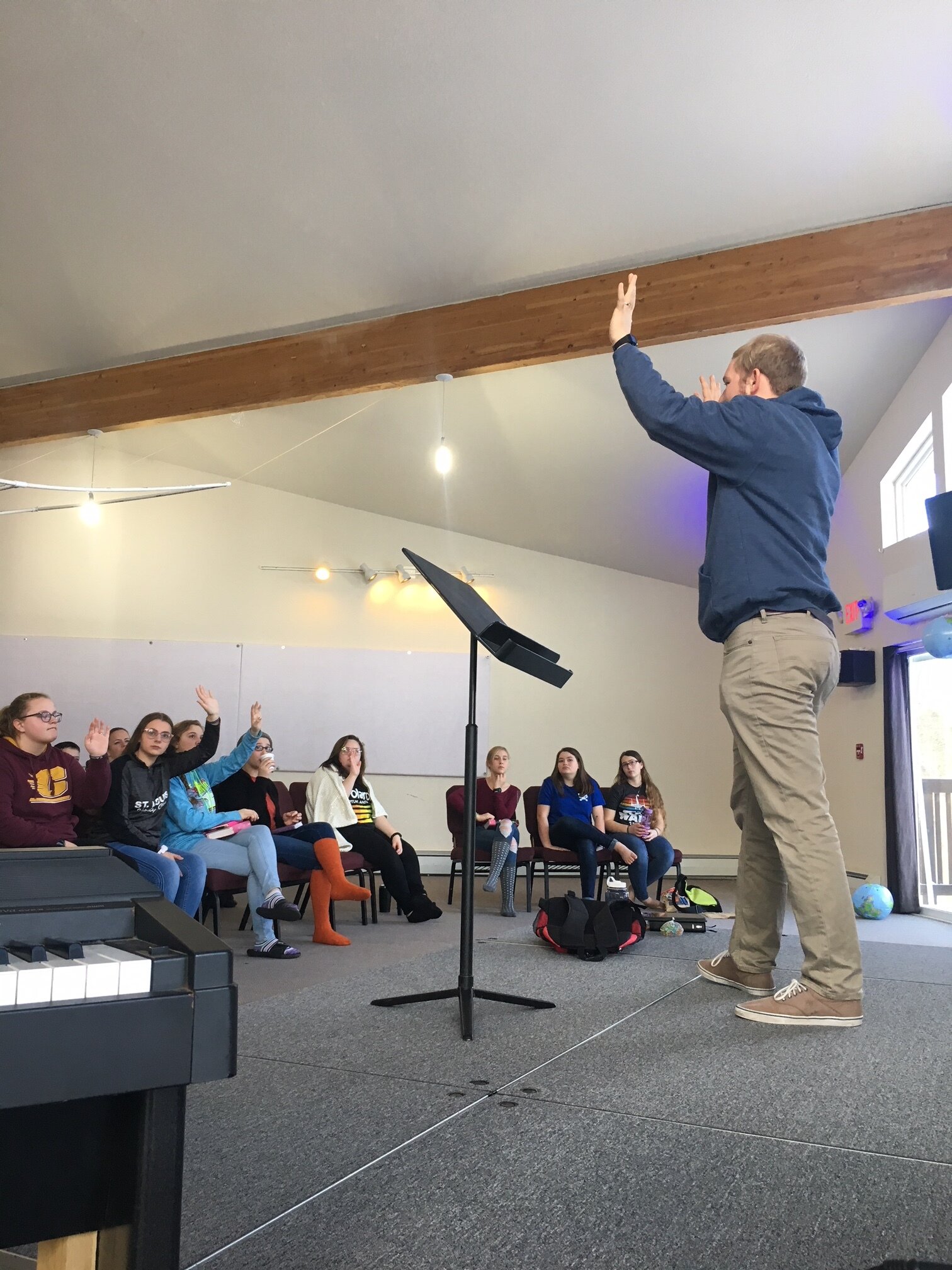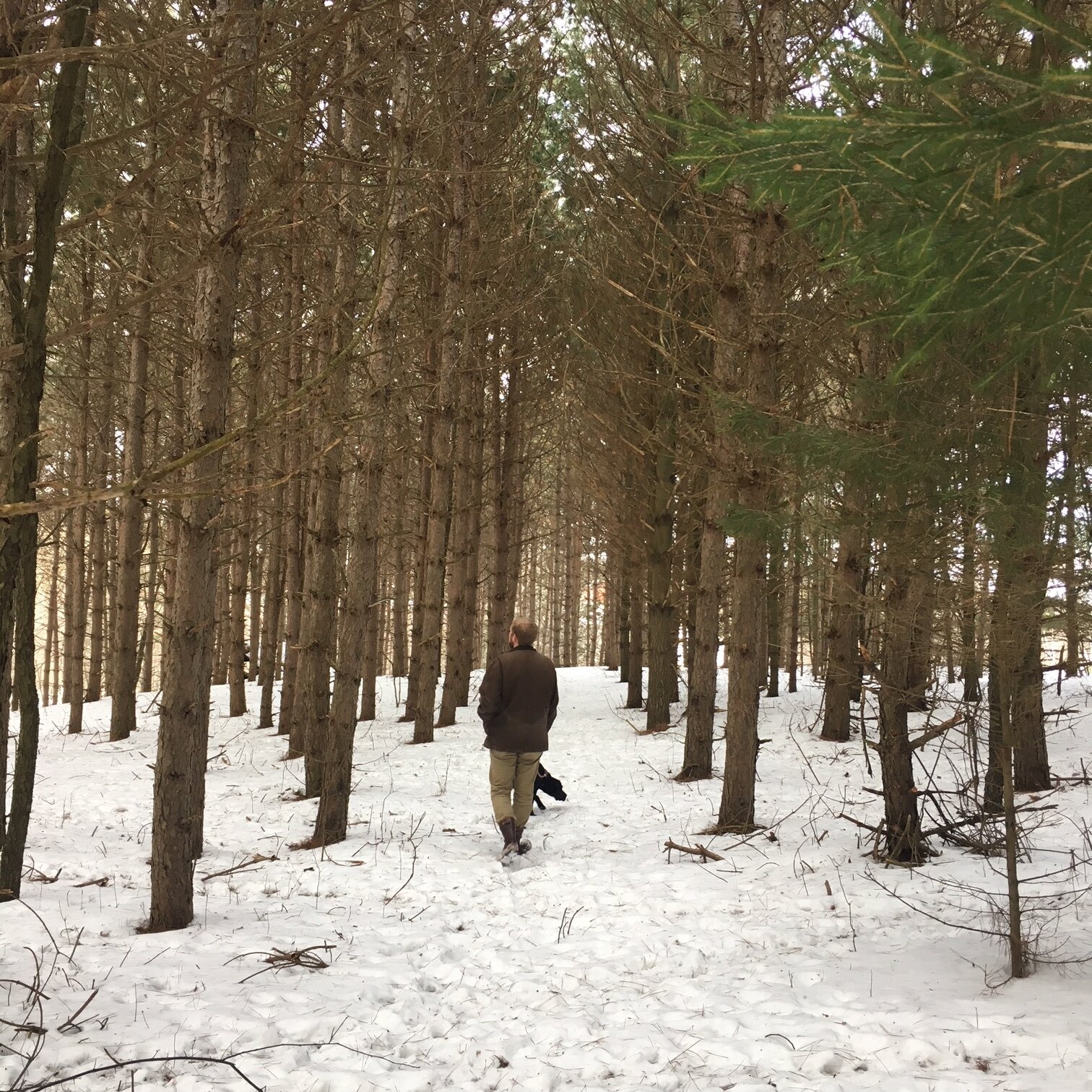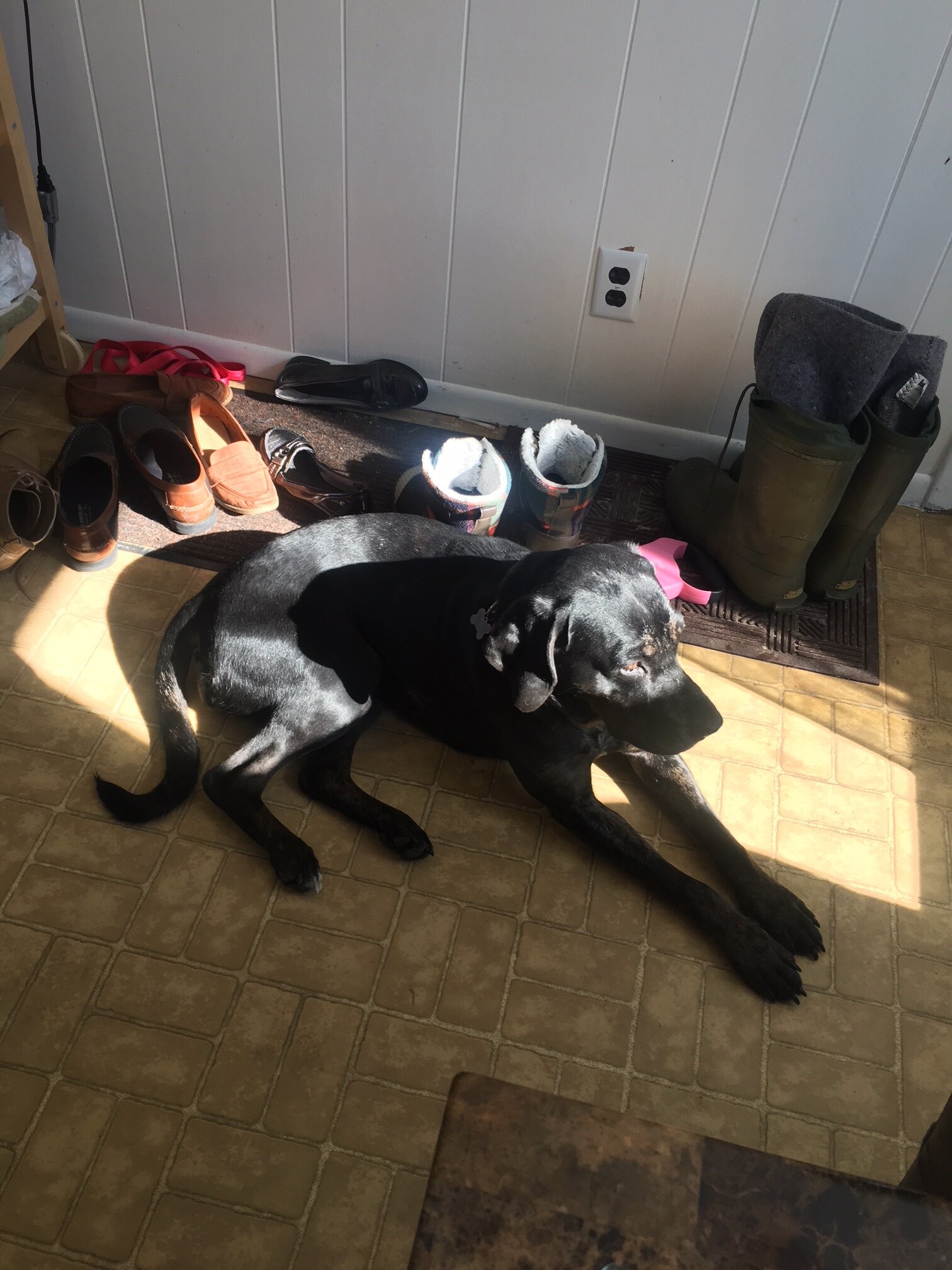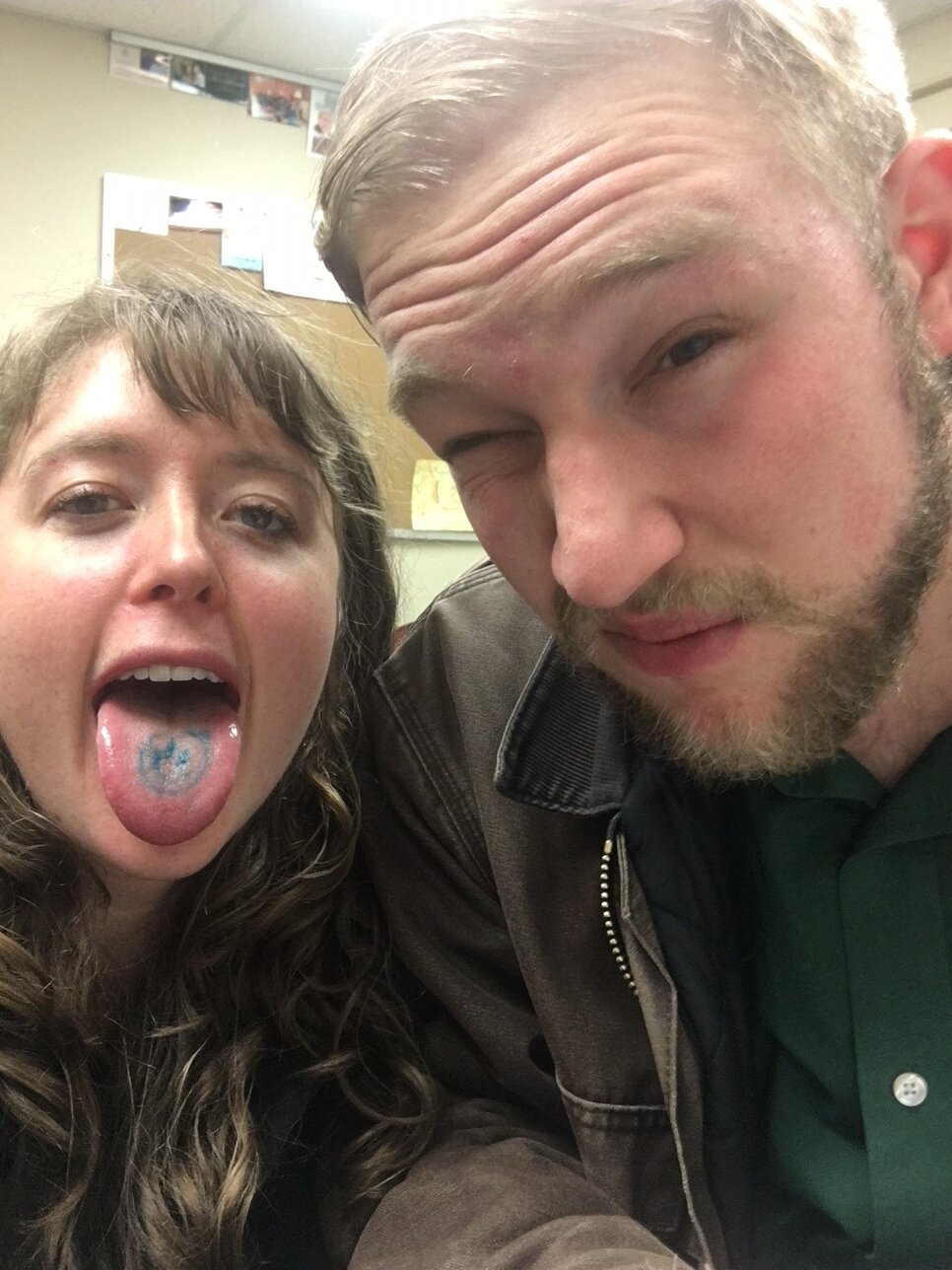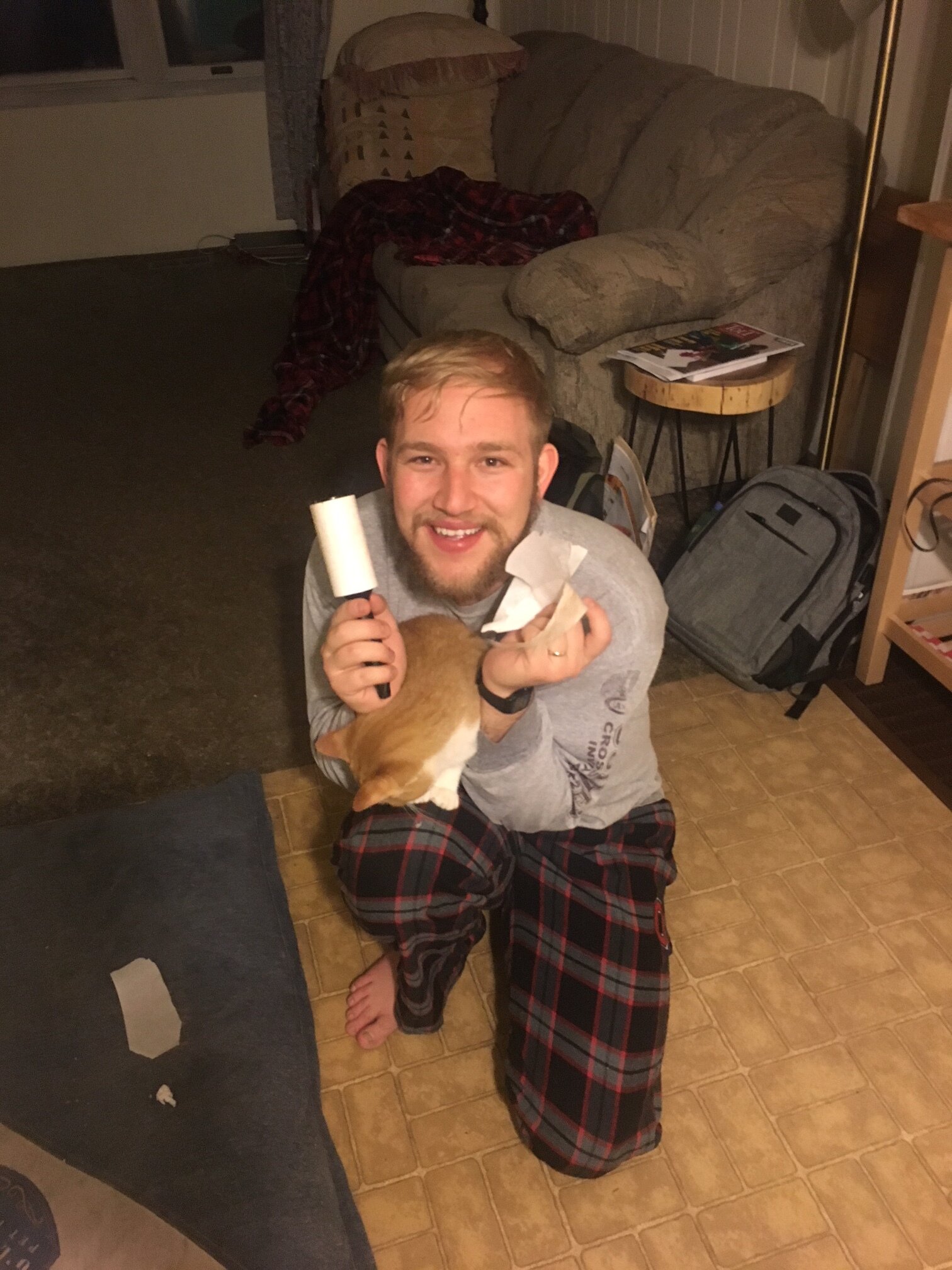I’m sure you’ve already guessed that this is going to be a good one. And you’re not wrong.
As I previously mentioned, our cat Brave had kittens a few months ago. Adorable, curious, and playful, the kittens are a treat to have around. However, I don’t want to be the proud owner of eight cats, so we’ve been giving them to friends. And, to curb any future eight-cat possibilities, we scheduled an appointment for Brave to get spayed on Monday.
That’s how it all started.
Early Monday morning, we drove 45 minutes to bring Brave to the vet. On the way home we got gas, coffee, and donuts. When we got home, it turned into spring cleaning for the animals. We cleaned out Sunday’s crate and the cat bed, and washed the blankets. But our productivity screeched to a halt when Scout (our tomcat) came limping into the yard on three legs.
Whining grumpily, he sat down in the driveway. One of his back paws was swollen into a useless club. After a brief examination, discussion, and google search, we decided that epsom salts would be the best solution. We fed him copious amounts of food, prepared some warm epsom salt water, and put his back leg into the saltwater.
If you’ve never tried to put any part of an angry, injured tomcat into any type of water, I have two suggestions for you: First, just don’t. Second. Really, just don’t.
After an extended period of hissing, squirming, and caterwauling, he finally realized his efforts to escape were futile, and settled into Curtis’ arms, whining occasionally. We soaked his foot for at least 20 minutes, then put him in our big dog crate, planning to repeat the treatment later in the day.
We thought the exciting part of the day was over. Then we went to pick up Brave from the vet. When I paid and talked to the desk worker, she gave me what I assumed was just the customary warning.
“Brave could be a little nauseas from the sedative, so just be aware of that for your ride home, especially if it’s long.”
I carried the cat out and gave her to Curtis, telling him about her possible nausea. He held her on his lap, and the first half of the ride home was spent in comparative peace and comfort. The kitty slept, Curtis pet her, and I drove. About half way home, Brave woke up and started moving around, trying to situate herself more comfortably. Well, that’s what we thought she was doing.
But as she moved, suddenly Curtis started saying,
“Oh, oh. What’s the matter with our car?” Simultaneously, he looked at his lap. Then he groaned. Brave wasn’t just trying to get comfortable. She was peeing. All over his lap. By the time he fully realized what was happening, it was too late. His lap and the seat of the car were both soaked in cat urine. Hot, smelly cat urine.
At that moment, our plans for the evening changed drastically to include cleaning the seat—which has continued into the week with baking soda, vinegar, and hydrogen peroxide.
What did we learn from this? Life is a lot easier if you don’t have pets, but the stories are worth it.
Well, after the fact.


